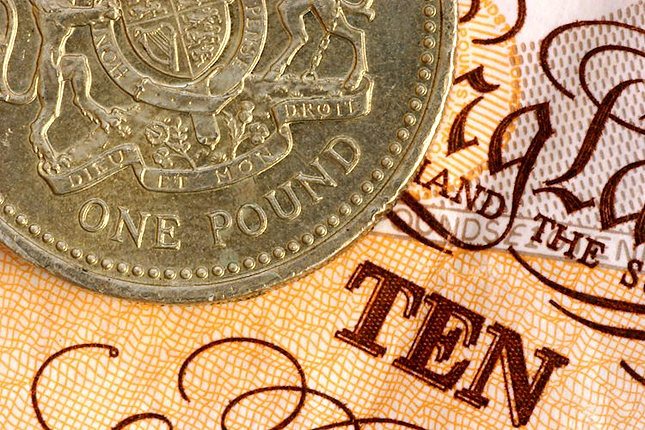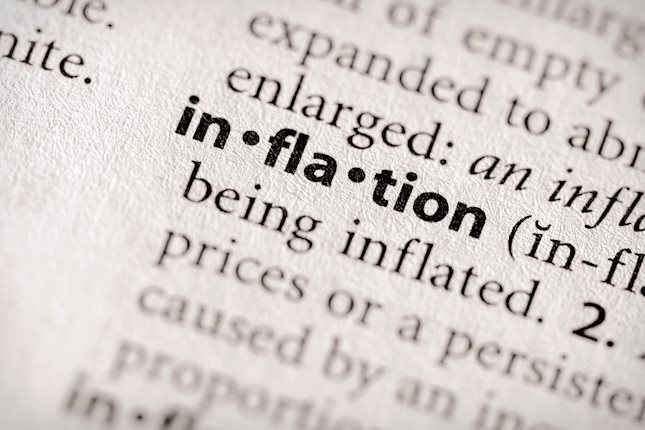- USD/JPY dives to near 151.50 as the US Dollar’s correction extends further.
- The US Dollar refreshes weekly low ahead of the US PCE inflation data for October.
- The BofA sees the pair heading into a longer-term bearish trajectory.
The USD/JPY pair is down around 1%, plummets to near 151.50 in European trading hours on Wednesday. The asset plunges as the US Dollar (USD) extends its correction triggered as market participants anticipated Scott Bessent, United States (US) President-elect Donald Trump’s nomination for Treasury Secretary, will maintain fiscal discipline and political steadiness despite focusing on fulfilling Trump’s economic agenda.
The US Dollar Index (DXY), which gauges the Greenback’s value against six major currencies, posts a fresh weekly low near 106.30. Scott Bessent said that he would focus on lowering the budget deficit through spending cuts and enacting tariffs with a “layered in gradually” approach. A move that won’t result in a significant increase in inflation than feared.
Meanwhile, the Bank of America (BofA) advises caution against picking short-term Japanese Yen (JPY) strength as it sees the currency drifting into a longer-term bearish trajectory. The BofA said that policies such as increased tariffs and tighter immigration controls from the incoming US administration could trigger a risk-off environment, initially supporting the yen. However, it anticipates a correction in early 2025 and projects the USD/JPY pair to rise to 160.00 by the end of 2025 on expectations that long-term capital flows from Japan to the US will accelerate in the second half of 2025 due to their deregulatory measures.
Going forward, investors will focus on the US Personal Consumption Expenditure Price Index (PCE) data for October, which will be published at 15:00 GMT. The PCE report is expected to show that headline and core price pressures accelerated on year, while monthly figures grew steadily.
Japanese Yen FAQs
The Japanese Yen (JPY) is one of the world’s most traded currencies. Its value is broadly determined by the performance of the Japanese economy, but more specifically by the Bank of Japan’s policy, the differential between Japanese and US bond yields, or risk sentiment among traders, among other factors.
One of the Bank of Japan’s mandates is currency control, so its moves are key for the Yen. The BoJ has directly intervened in currency markets sometimes, generally to lower the value of the Yen, although it refrains from doing it often due to political concerns of its main trading partners. The BoJ ultra-loose monetary policy between 2013 and 2024 caused the Yen to depreciate against its main currency peers due to an increasing policy divergence between the Bank of Japan and other main central banks. More recently, the gradually unwinding of this ultra-loose policy has given some support to the Yen.
Over the last decade, the BoJ’s stance of sticking to ultra-loose monetary policy has led to a widening policy divergence with other central banks, particularly with the US Federal Reserve. This supported a widening of the differential between the 10-year US and Japanese bonds, which favored the US Dollar against the Japanese Yen. The BoJ decision in 2024 to gradually abandon the ultra-loose policy, coupled with interest-rate cuts in other major central banks, is narrowing this differential.
The Japanese Yen is often seen as a safe-haven investment. This means that in times of market stress, investors are more likely to put their money in the Japanese currency due to its supposed reliability and stability. Turbulent times are likely to strengthen the Yen’s value against other currencies seen as more risky to invest in.
Information on these pages contains forward-looking statements that involve risks and uncertainties. Markets and instruments profiled on this page are for informational purposes only and should not in any way come across as a recommendation to buy or sell in these assets. You should do your own thorough research before making any investment decisions. FXStreet does not in any way guarantee that this information is free from mistakes, errors, or material misstatements. It also does not guarantee that this information is of a timely nature. Investing in Open Markets involves a great deal of risk, including the loss of all or a portion of your investment, as well as emotional distress. All risks, losses and costs associated with investing, including total loss of principal, are your responsibility. The views and opinions expressed in this article are those of the authors and do not necessarily reflect the official policy or position of FXStreet nor its advertisers. The author will not be held responsible for information that is found at the end of links posted on this page.
If not otherwise explicitly mentioned in the body of the article, at the time of writing, the author has no position in any stock mentioned in this article and no business relationship with any company mentioned. The author has not received compensation for writing this article, other than from FXStreet.
FXStreet and the author do not provide personalized recommendations. The author makes no representations as to the accuracy, completeness, or suitability of this information. FXStreet and the author will not be liable for any errors, omissions or any losses, injuries or damages arising from this information and its display or use. Errors and omissions excepted.
The author and FXStreet are not registered investment advisors and nothing in this article is intended to be investment advice.
Recommended content
Editors’ Picks

EUR/USD extends recovery beyond 1.0550 on renewed USD weakness
EUR/USD preserves its bullish momentum and trades above 1.0550 in the American session on Wednesday. The US Dollar (USD) struggles to find demand following the mixed macroeconomic data releases from the US, helping the pair push higher ahead of US PCE inflation data.

GBP/USD advances toward 1.2650, US PCE data eyed
GBP/USD extends the bullish momentum to trade near 1.2650 in the second half of the day on Wednesday. The pair benefits from a sustained US Dollar weakness ahead of the Thanksgiving Day holiday. Investors await PCE Price Index figures for October.

Gold climbs to $2,650 area as US yields push lower
Gold builds on Tuesday's gains and trades at around $2,650 in the American session. The benchmark 10-year US Treasury bond yield is down more than 1% on the day below 4.3%, helping XAU/USD continue to push higher.

US core PCE inflation set to hold steady, raising doubts on further Federal Reserve rate cut
The United States Bureau of Economic Analysis (BEA) is set to release the Personal Consumption Expenditures (PCE) Price Index data for October on Wednesday at 15:00 GMT.

Eurozone PMI sounds the alarm about growth once more
The composite PMI dropped from 50 to 48.1, once more stressing growth concerns for the eurozone. Hard data has actually come in better than expected recently – so ahead of the December meeting, the ECB has to figure out whether this is the PMI crying wolf or whether it should take this signal seriously. We think it’s the latter.

Best Forex Brokers with Low Spreads
VERIFIED Low spreads are crucial for reducing trading costs. Explore top Forex brokers offering competitive spreads and high leverage. Compare options for EUR/USD, GBP/USD, USD/JPY, and Gold.